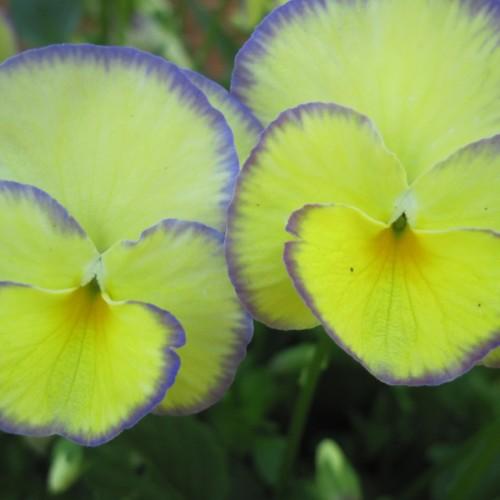
violet
Viola 'Etain'
Cycle:
Herbaceous Perennial
Watering:
Average
Hardiness Zone:
4 - 8
Flowers:
Flowers
Sun:
Part shade,full shade
Growth Rate:
High
Maintenance:
Low
Drought Tolerant:
Yes
Salt Tolerant:
Yes
Care Level:
High
watering
Violet (Viola 'Etain') should be watered about once a week, depending on the temperature and humidity. During hot, dry weather, it's best to water your violet more often. When watering, give the soil a thorough soak until water flows out of the drainage holes in the bottom of the pot. Allow the soil to dry out slightly between waterings. Do not let the plant stand in water; it will cause rot and disease.
sunlight
Violet (Viola 'Etain') requires bright but indirect light throughout the day. During spring and summer months, the plant should receive at least 5 to 6 hours of full sun per day. During autumn and winter months, when the sun is not as strong, the plant should be exposed to 2 to 4 hours of indirect sunlight per day. It should be placed in a bright area to get enough light but not necessarily in direct sunlight. To avoid leaf burn, it is best if the plant is shaded in the hottest part of the day. In addition, the violet should be rotated about every other day to insure all the foliage receives equal amounts of sunlight.
pruning
Viola 'Etain' should be pruned in late winter or early spring. Prune back existing stems by 1/3 to encourage new growth. Remove any dead, diseased, or damaged stems completely. Thin out overgrowth and trim any stems that are too long or unruly. All pruning should be done with sharp tools and preferably above a node or pair of leaves. Avoid pruning too aggressively, as this can decrease flowering.
